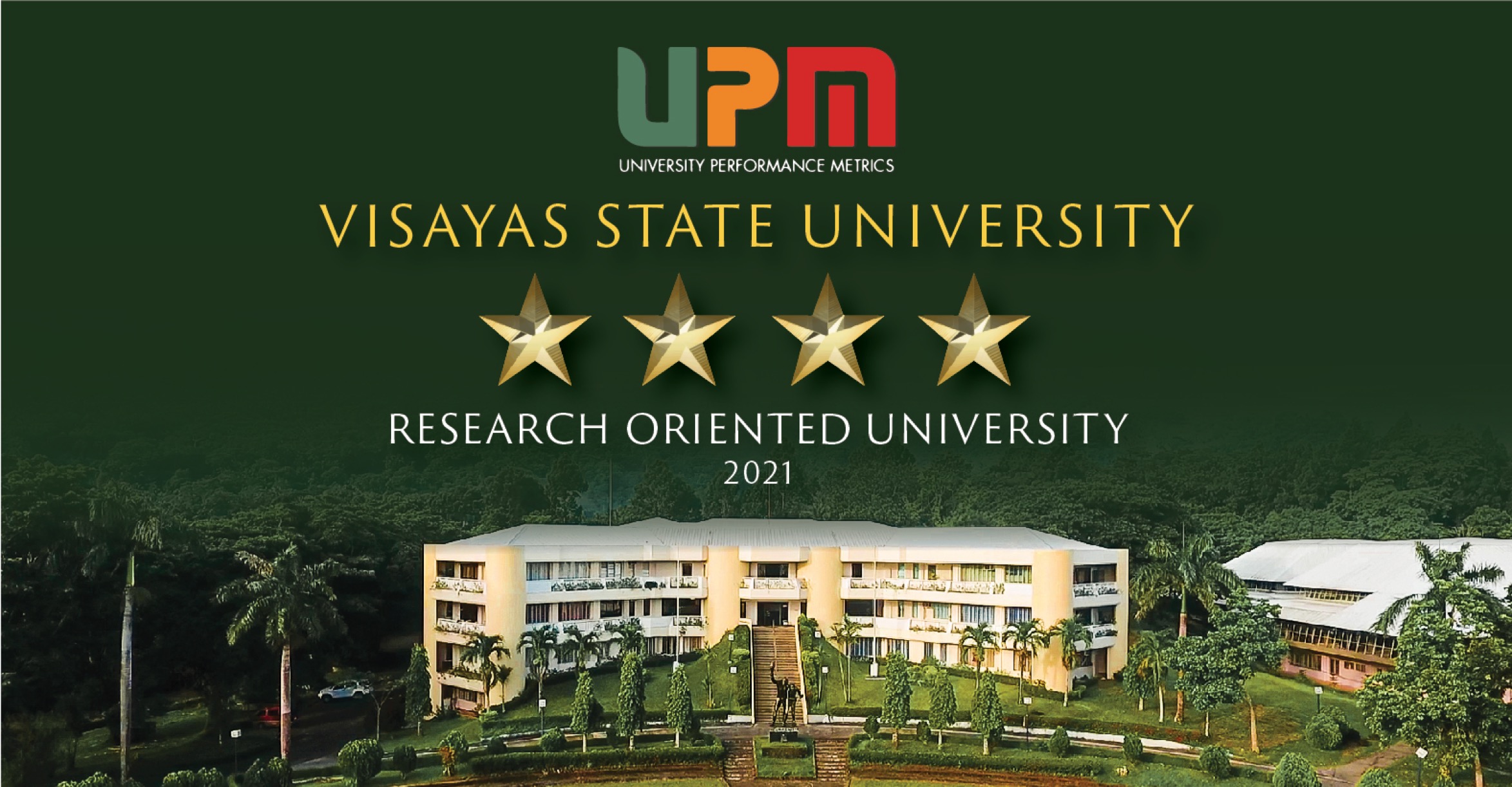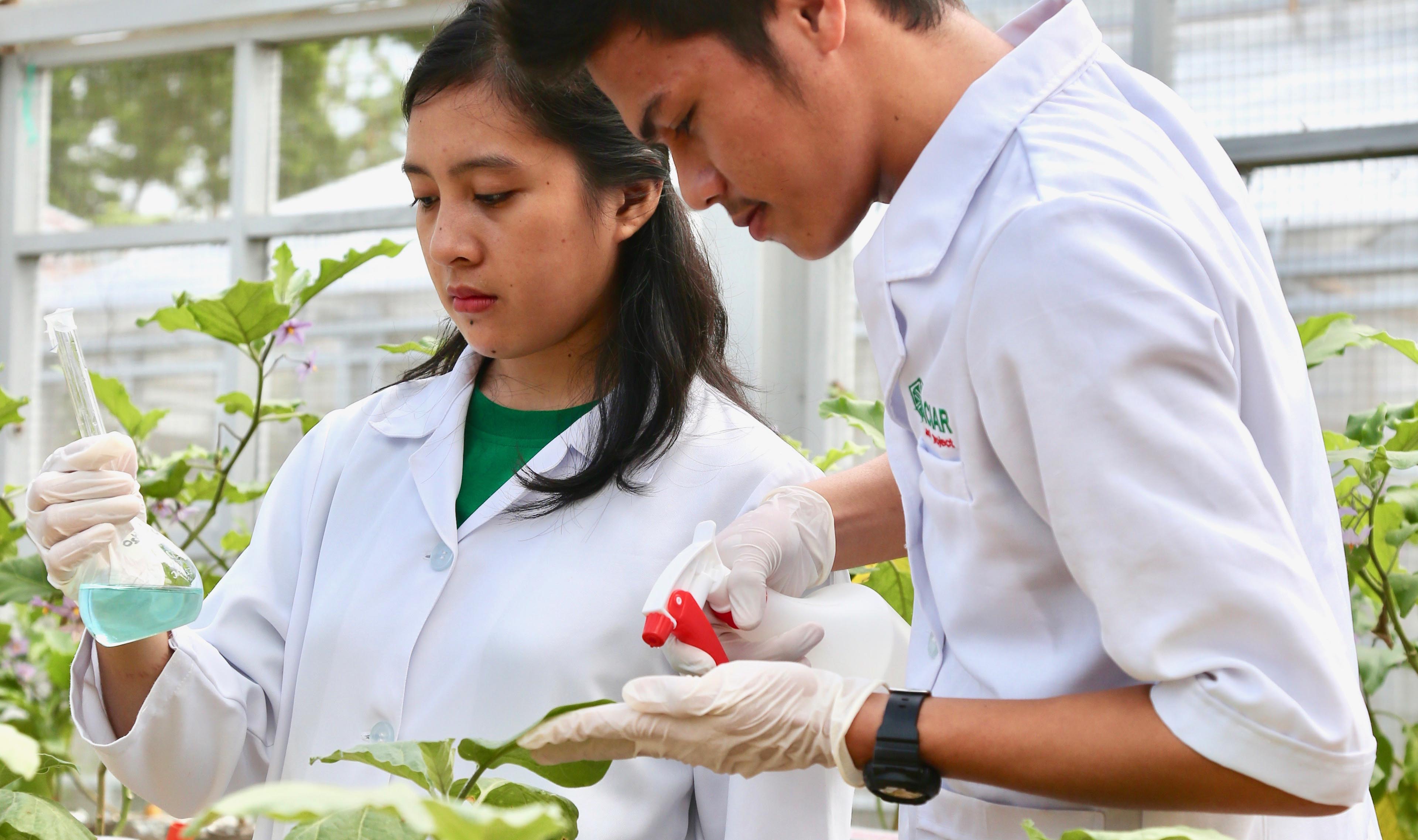Management Options for Major Insect Pest associated with Queen Pineapple

Figure 1. H. pseudococcina parasitizing on adult PPMB
1. Parasitoids
Encyrtid Parasitoid, Hambletonia pseudococcina (Compere)
Order: Hymenoptera
Family: Encyrtidae
Description: A very small parasitoid with clubbed-like antennae that can be parasitized up to 8 adult PPMBs
Figure 2. A) Nymphal and (B) adult stages of predatory earwig
2. Predators
- Predatory black earwig, Chelisoches morio
Order: Dermaptera
Family: Chelisochidae
Description: Has four nymphal instars that can reach up to 120 days prior from hatching to mortality and can consume 1-2 adult PPMB and up to 100 individuals of PPMB crawlers per day
Figure 3. Cryptolaemus montrouzieri feeding on adult PPMB
- Predatory coccinellid beetle, Cryptolaemus montrouzieri
Order: Coleoptera
Family: Coccinellidae
Description: A voracious predator with a long history in biological control against mealybugs that could potentially consume up to 20 individuals of PPMB crawlers and 1 PPMB adult per day.
3. Entomopathogenic Fungi (EPF)
EPFs are microorganisms that specifically infect and often kills insects and other arthropods. EPFs are eco-friendly and good substitute for chemicals
Three (3) isolates of EPFs against PPMB:
• Metarrhizium anisopliae (fig.4)
• Lecanicillum lecanii (fig.5)
• Beauveria bassiana (fig.6)

4. Botanical Insecticides
Botanical insecticides are naturally occurring chemicals extracted from plants or minerals to control or minimize insect pest population.
Botanical insecticides against PPMB includes:
• Jatropa curcas (fig.13)
• Murraya koenigii (fig.14)
• Spagneticola trilobata (fig.15)










